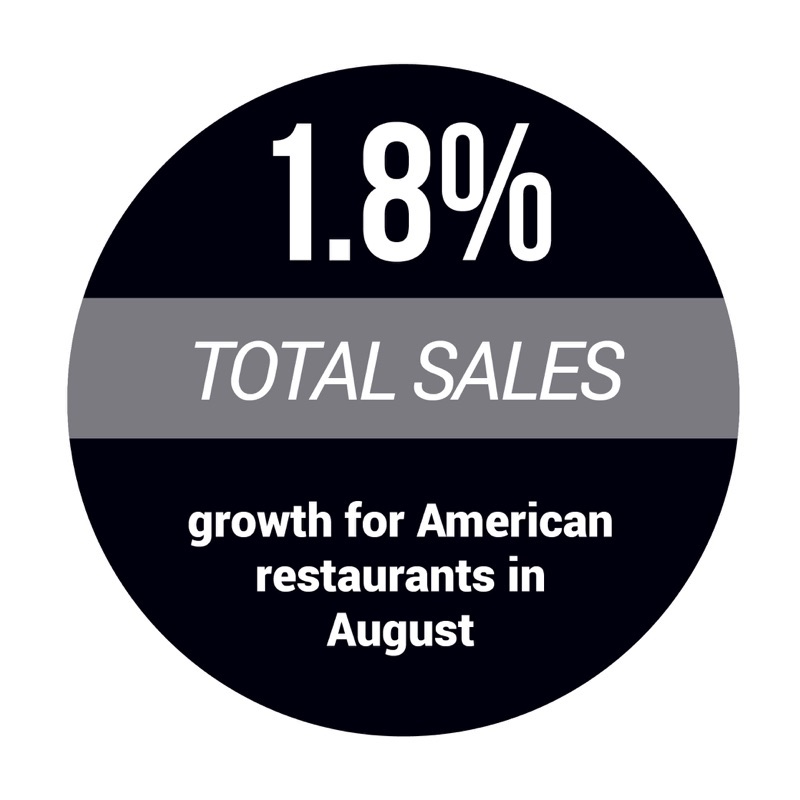NEW REPORT: QSRs Must Look Beyond Mobile To Win Connected Consumers

 The quick-service restaurant (QSR) industry is on track to continue a decade and a half’s worth of growth this year, with consumers projected to spend more than $256 billion at burger joints, sandwich shops, pizza parlors and other QSRs by the end of this year.
The quick-service restaurant (QSR) industry is on track to continue a decade and a half’s worth of growth this year, with consumers projected to spend more than $256 billion at burger joints, sandwich shops, pizza parlors and other QSRs by the end of this year.
 In recent years, much of this growth has come as a result of consumers’ appetite for faster and seamless ordering through mobile and other connected devices. Nearly half of all consumers now regularly use mobile ordering apps, and are projected to spend as much as $40 billion ordering through connected devices by 2020.
In recent years, much of this growth has come as a result of consumers’ appetite for faster and seamless ordering through mobile and other connected devices. Nearly half of all consumers now regularly use mobile ordering apps, and are projected to spend as much as $40 billion ordering through connected devices by 2020.
QSRs, for their part, are looking to stay ahead in a fiercely competitive space by working to satisfy consumers’ demand for faster mobile offerings. Industry giants and small businesses (SMBs) alike, from Starbucks to local pizzerias, are investing in mobile and connected solutions — and reaping the rewards.
Starbucks, for example, has worked to make connected commerce a central part of its business model and now sees one of every 10 orders submitted from a mobile device. Other coffee companies have seemingly followed the lead, with players like Dunkin’ Donuts rolling out stores that are specifically designed to manage a high volume of mobile order-ahead purchases, and investing in new ordering methods and technologies.
Other well-known fast food players are jumping on the bandwagon as well. Chick-fil-A recently sought to get consumers to “eat mor chikin” by introducing the Kallpod — a small button that allows users to reorder items, call for service or ask managers for assistance — to 600 locations around the U.S., leading to an increase of in-store sales in the following weeks. Wendy’s, meanwhile, debuted delivery offerings at 40 percent of its stores, and saw customer satisfaction increase as a result.
Small businesses and eateries are also looking to offer the convenience of connected ordering, perhaps inspired by the success of larger players. To do so, many are partnering with third-party platforms like ChowNow — which, CEO Chris Webb told PYMNTS in a recent interview, not only helps bring in more customers, but keeps cybercriminals out.
Investments in connected offerings seem to be reaping rewards, as consumer spend at QSRs around the United States has increased in recent months. However, as PYMNTS explores in the latest Commerce Connected Playbook, those increases aren’t equally distributed across the industry.
 Where (And How) QSRs Are Growing The Fastest
Where (And How) QSRs Are Growing The Fastest
While spending at QSRs is on the rise nationally, certain geographic regions appear to be more receptive than others to adopting mobile and connected ordering.
On the East Coast, for example, consumers seem to be especially fond of order-ahead solutions, with New England, the Mid-Atlantic and the South each seeing growth that outpaced the national average. In regions like the Midwest, Southwest and West, meanwhile, growth lags behind the country’s mean.
In the latest edition of the Commerce Connected Playbook Deep Dive, PYMNTS analyzes consumer adoption of and spending via connected offerings at QSRs, and identifies which regions are seeing growth in overall sales and ticket sizes.
To find more news, insights and trends from around the connected QSR space, check out the new Playbook.
About The Playbook
The PYMNTS Commerce Connected series, in partnership with First Data, is designed to give readers an overview of the latest developments, data and trends from around the connected commerce space. Each issue of the Playbook covers the major news and trends from connected commerce players, and includes a data-driven deep dive into various segments and industries.
